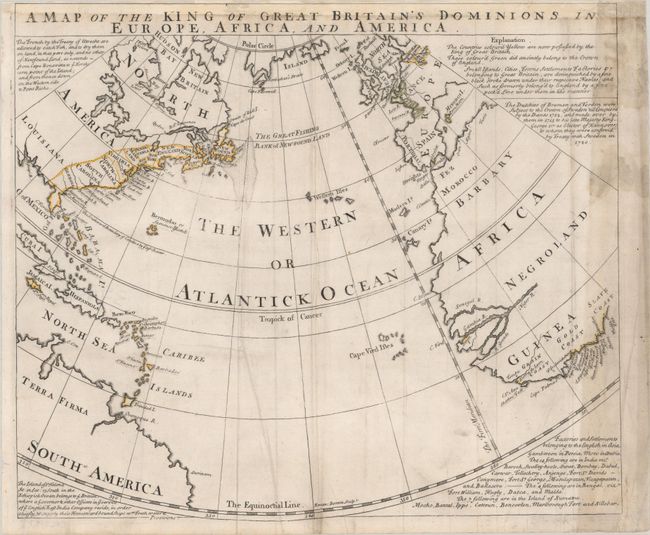Catalog Archive


Auction 189, Lot 349
"A Map of the King of Great Britain's Dominions in Europe, Africa, and America", Bowen, Emanuel

Subject: North Atlantic
Period: 1740 (circa)
Publication:
Color: Hand Color
Size:
17.3 x 14.6 inches
43.9 x 37.1 cm
Download High Resolution Image
(or just click on image to launch the Zoom viewer)
(or just click on image to launch the Zoom viewer)